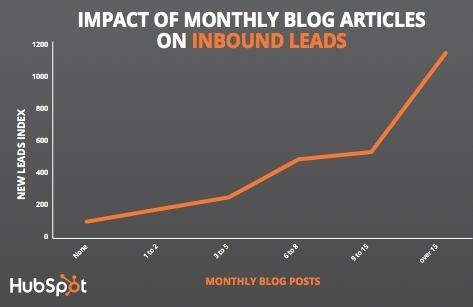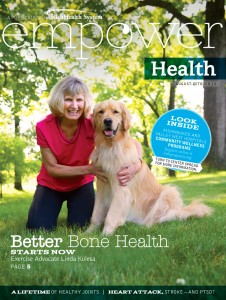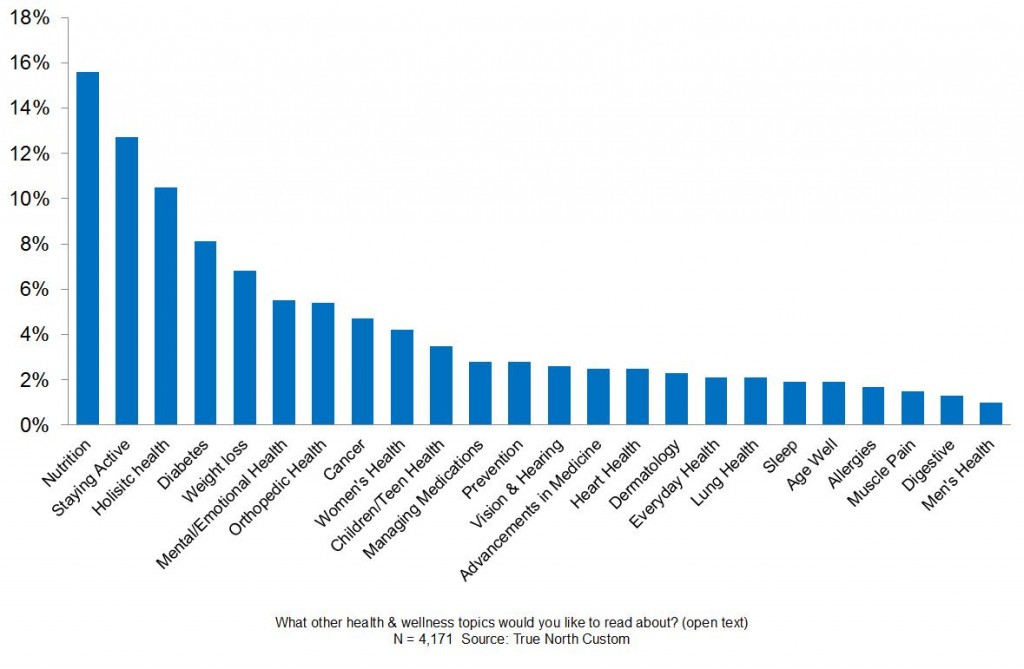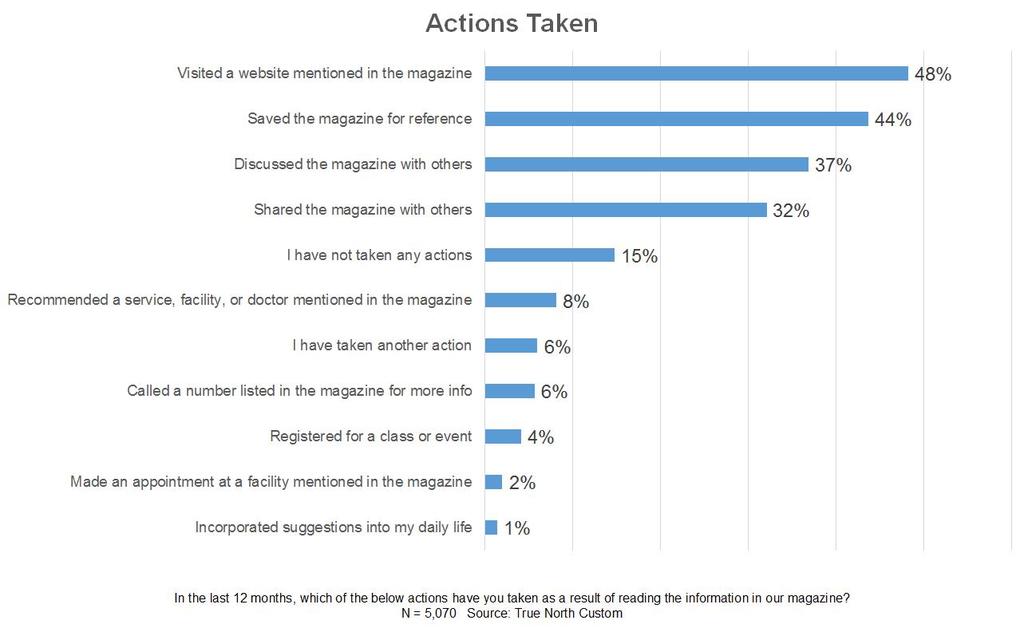Sending a Clear Message: Content Still Reigns Supreme
// By Jason Skinner //
 The decision process of a health consumer is changing, and as a health care marketer you must understand how to find and engage your audience using the power of content marketing.
The decision process of a health consumer is changing, and as a health care marketer you must understand how to find and engage your audience using the power of content marketing.
Consumers are bombarded with an average of 5,000 marketing messages a day.
New research shows the average attention span is a mere eight seconds.
The brain processes 70,000 thoughts each day.
These stats reflect the harsh reality you face as a health care marketer: Engaging your target audience has never been more challenging. From technology that enables an advertising-free experience to Google’s efforts to engineer a digital meritocracy, marketers face unprecedented barriers in building awareness, preference, and loyalty for their brands.
To separate their signal from the noise, leading health care organizations are leveraging the power of content.
“Our job as marketers is to provide the content our consumers are looking for wherever they are in the decision process, so that in turn they will engage the content we want them to read,” says True North Chief Health Care Strategist Tim Hanners. “The key is offering valuable content that connects with your audience, and then using effective calls to action that lead them to your hospital.”
Focus: Give Them What They Want—and You Win
Hanners and his team have conducted more than 6,000 surveys of health care consumers, and the findings reflect their overwhelming preference for lifestyle content. This offers health care marketers an opportunity to differentiate from most hospital websites, e-newsletters, and custom publications that feature the latest technology, certifications, and other topics that consumers find less interesting.
“We’ve found that the most preferred topics are nutrition, staying active, and holistic health,” says Hanners. “These topics typically aren’t what the CEO or neurosurgeons want to talk about, but it’s what your readers want—and that’s ultimately what matters.”
By aligning article topics with your readership’s interests, health care marketers can capture more than just the attention of their audience.
“In our experience, content with a lifestyle focus that matches the readership’s interests—rather than a hard-sell approach—delivers an average of 6.5:1 ROI,” says Hanners. “The perfect blend of content offers the best of both worlds, where your physicians and other experts are addressing issues that engage readers and empower them to make health care decisions.”
Format: Don’t Change the Channel—Extend the Conversation
Hanners also cites consumer research that illustrates the efficacy of an integrated approach to content delivery, with print and websites the most preferred channels for receiving health information. While some marketers are shifting from print to digital, he recommends a multichannel, multitouch experience that often begins in print and moves online.
“We’ve surveyed thousands of consumers nationwide, and the number-one action taken by hospital magazine readers is visiting the hospital’s website,” he says. “Think about what retail has done to us through catalogs that are designed to drive us online. When was the last time you ordered anything by calling the phone number in a catalogue? Retail marketers have conditioned us to visit the website so they can cross-sell, up-sell, and serve up more opportunities to build the relationship.”
Frequency: Make the Commitment to Consistency
Along with a soft-sell approach across multiple platforms, Hanners advises marketers to deliver relevant content on a regular schedule to ensure it’s discoverable through organic search. In fact, Hubspot data shows it takes about six months of posting relevant content on a weekly basis to impact your web traffic—and the number of leads increases exponentially based on content volume (see chart).
“The health care consumer decision path starts with engagement, which leads to an interaction and only then can you make the conversion,” Hanners says. “It’s not a retail experience where users can simply click on the size they want and enter their credit card information. Health care is a much more emotional and often life-changing decision, whether it’s a bariatric procedure or treatment for knee pain.”

A Case Study in Modern Content Marketing: Empower from KishHealth System
 Overview
Overview
KishHealth System partnered with True North Custom to develop a community publication titled Empower. The audience is segmented by age with content versioned by demography: Empower Wellness featuring wellness topics for the younger audience and Empower Health featuring intervention topics for the older population.
Along with a print magazine, a digital edition of Empower is posted online with links to videos, quotes, and other content that extends the conversation online and enriches the reader experience.
Outcomes
True North takes a test-and-control approach to measurement, by identifying the target audience and then withholding a percentage from the magazine’s distribution. This allows KishHealth to compare ROI from the marketing group against the control group to clearly demonstrate the publication’s downstream impact.
After measuring all inpatient and outpatient encounters during a recent eight-month period, KishHealth discovered that the publication generated $31.48 in patient revenue for every $1 invested in the program. Other highlights from the latest ROI report:
- Empower Health delivered 23 percent more new patient encounters than the control group.
- Empower Wellness delivered 12 percent more new patient encounters and 20 percent more existing patient encounters than the control group.
- Empower Wellness delivered 62 percent more new patient revenues and 39 percent more existing patient revenues than the control group.
“We always take an integrated approach with our content. For example, when we conduct an interview for the magazine, we take excerpts and incorporate them into the digital edition and social media to drive readers to our website. Through the data analytics platform from True North, we’re continually measuring new and existing patient encounters, revenue, and other key performance indicators to optimize the program,” says Theresa Komitas, Marketing and Public Relations Director at KishHealth System and 2014 Top Hospital Marketer.


Where Does Social Media Fit into Content Marketing?
Social media is an integral part of any content marketing strategy, as reflected by a recent PWC Health Research Institute study that found 57 percent of consumers believe that a hospital’s social media connections would strongly affect their decision to receive treatment at that facility. The key is to approach social media like any other channel: Engage your fans/followers with content that they care about. Says Scott Stratten, one of the top five social media influencers according to Forbes.com, social media shouldn’t be used as a vehicle for selling—and shouldn’t dilute a marketer’s focus on other channels. In his words, “I’ll take 100 email addresses over 1,000 followers every day and twice on Tuesday.”
Get on Board—or Get Left Behind
When consumers in your community search for health information, does your hospital meet their needs—or does a competitor win what Google calls this Zero Moment of Truth? Here are five reasons to ensure content marketing has a place in your plans and budget:
- 79 percent of marketers are shifting into branded content. (Forrester, 2013)
- 72 percent of marketers are producing more content now, compared with a year ago. (Content Marketing Institute, 2014)
- 60 percent of marketers expect their content marketing budgets to increase over the next 12 months. (Content Marketing Institute, 2014)
- 57 percent of marketers report custom content is their top priority. (Altimeter, 2014)
- Companies that blog are 13 times more likely to generate a positive marketing return on investment. (Hubspot, 2013)
Jason Skinner is Chief Marketing Officer at True North Custom, an integrated content marketing firm serving health care organizations. He has more than 15 years of experience in strategic health care marketing and communications, having worked on both the client and agency sides of the industry. Prior to True North, Skinner served in the corporate marketing department at HealthSouth. You can reach him at jskinner@truenorthcustom.com or www.truenorthcustom.com.


